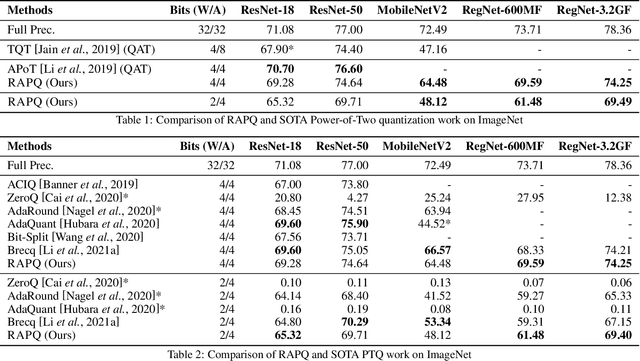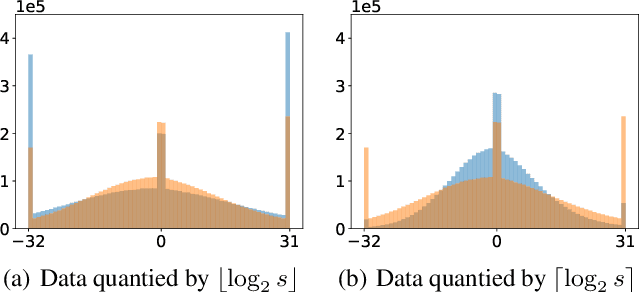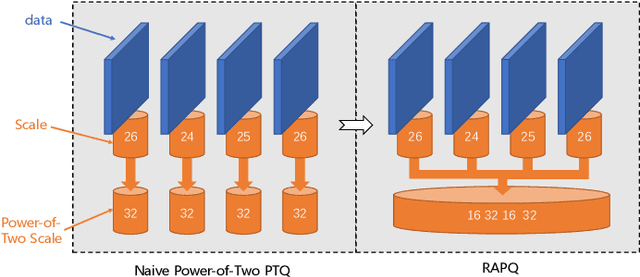Bingzhang Wang
Dylan
Independent Mobility GPT (IDM-GPT): A Self-Supervised Multi-Agent Large Language Model Framework for Customized Traffic Mobility Analysis Using Machine Learning Models
Feb 25, 2025Abstract:With the urbanization process, an increasing number of sensors are being deployed in transportation systems, leading to an explosion of big data. To harness the power of this vast transportation data, various machine learning (ML) and artificial intelligence (AI) methods have been introduced to address numerous transportation challenges. However, these methods often require significant investment in data collection, processing, storage, and the employment of professionals with expertise in transportation and ML. Additionally, privacy issues are a major concern when processing data for real-world traffic control and management. To address these challenges, the research team proposes an innovative Multi-agent framework named Independent Mobility GPT (IDM-GPT) based on large language models (LLMs) for customized traffic analysis, management suggestions, and privacy preservation. IDM-GPT efficiently connects users, transportation databases, and ML models economically. IDM-GPT trains, customizes, and applies various LLM-based AI agents for multiple functions, including user query comprehension, prompts optimization, data analysis, model selection, and performance evaluation and enhancement. With IDM-GPT, users without any background in transportation or ML can efficiently and intuitively obtain data analysis and customized suggestions in near real-time based on their questions. Experimental results demonstrate that IDM-GPT delivers satisfactory performance across multiple traffic-related tasks, providing comprehensive and actionable insights that support effective traffic management and urban mobility improvement.
PreMixer: MLP-Based Pre-training Enhanced MLP-Mixers for Large-scale Traffic Forecasting
Dec 18, 2024



Abstract:In urban computing, precise and swift forecasting of multivariate time series data from traffic networks is crucial. This data incorporates additional spatial contexts such as sensor placements and road network layouts, and exhibits complex temporal patterns that amplify challenges for predictive learning in traffic management, smart mobility demand, and urban planning. Consequently, there is an increasing need to forecast traffic flow across broader geographic regions and for higher temporal coverage. However, current research encounters limitations because of the inherent inefficiency of model and their unsuitability for large-scale traffic network applications due to model complexity. This paper proposes a novel framework, named PreMixer, designed to bridge this gap. It features a predictive model and a pre-training mechanism, both based on the principles of Multi-Layer Perceptrons (MLP). The PreMixer comprehensively consider temporal dependencies of traffic patterns in different time windows and processes the spatial dynamics as well. Additionally, we integrate spatio-temporal positional encoding to manage spatiotemporal heterogeneity without relying on predefined graphs. Furthermore, our innovative pre-training model uses a simple patch-wise MLP to conduct masked time series modeling, learning from long-term historical data segmented into patches to generate enriched contextual representations. This approach enhances the downstream forecasting model without incurring significant time consumption or computational resource demands owing to improved learning efficiency and data handling flexibility. Our framework achieves comparable state-of-the-art performance while maintaining high computational efficiency, as verified by extensive experiments on large-scale traffic datasets.
RAPQ: Rescuing Accuracy for Power-of-Two Low-bit Post-training Quantization
Apr 26, 2022



Abstract:We introduce a Power-of-Two post-training quantization( PTQ) method for deep neural network that meets hardware requirements and does not call for long-time retraining. PTQ requires a small set of calibration data and is easier for deployment, but results in lower accuracy than Quantization-Aware Training( QAT). Power-of-Two quantization can convert the multiplication introduced by quantization and dequantization to bit-shift that is adopted by many efficient accelerators. However, the Power-of-Two scale has fewer candidate values, which leads to more rounding or clipping errors. We propose a novel Power-of-Two PTQ framework, dubbed RAPQ, which dynamically adjusts the Power-of-Two scales of the whole network instead of statically determining them layer by layer. It can theoretically trade off the rounding error and clipping error of the whole network. Meanwhile, the reconstruction method in RAPQ is based on the BN information of every unit. Extensive experiments on ImageNet prove the excellent performance of our proposed method. Without bells and whistles, RAPQ can reach accuracy of 65% and 48% on ResNet-18 and MobileNetV2 respectively with weight INT2 activation INT4. We are the first to propose PTQ for the more constrained but hardware-friendly Power-of-Two quantization and prove that it can achieve nearly the same accuracy as SOTA PTQ method. The code will be released.
 Add to Chrome
Add to Chrome Add to Firefox
Add to Firefox Add to Edge
Add to Edge